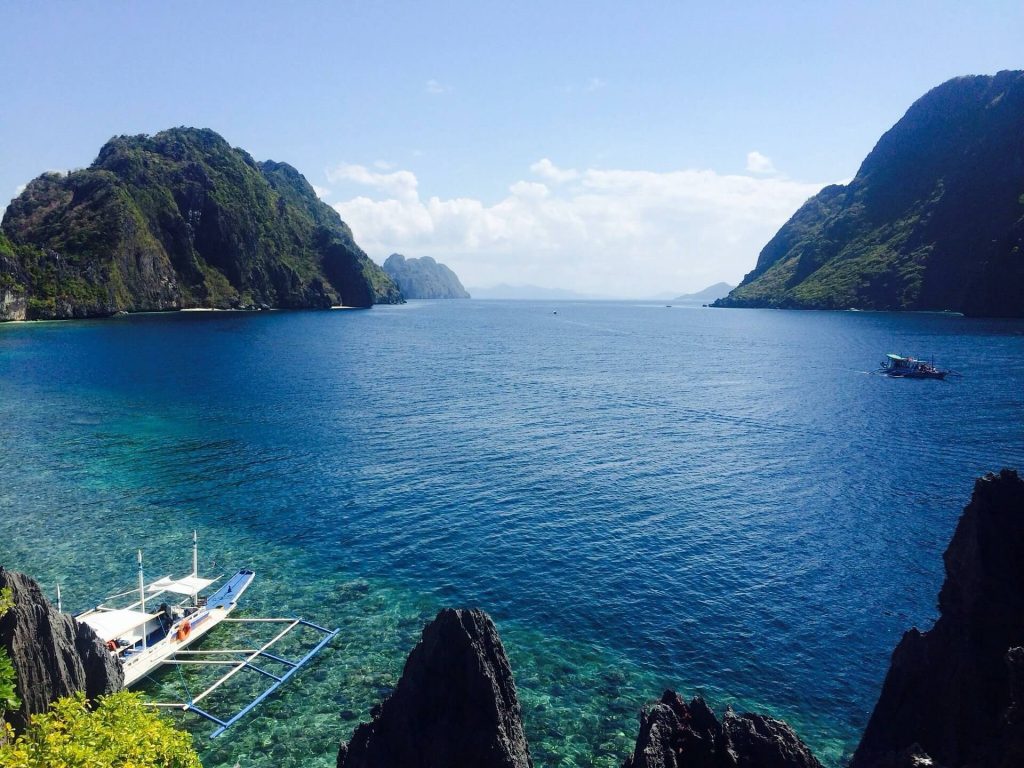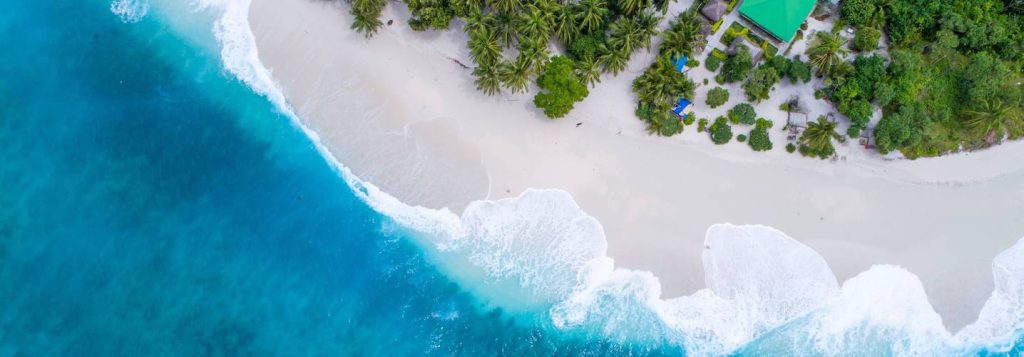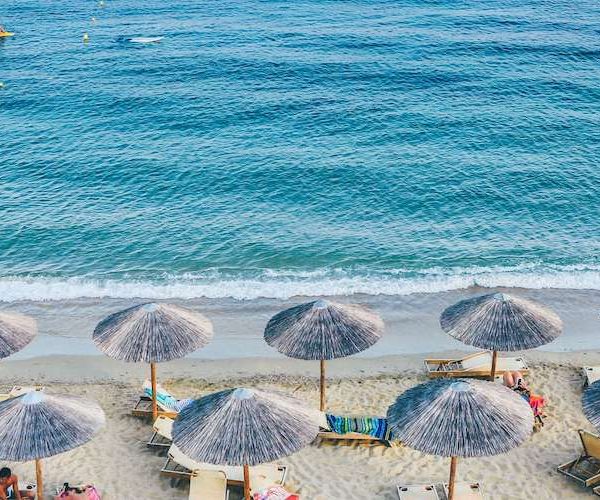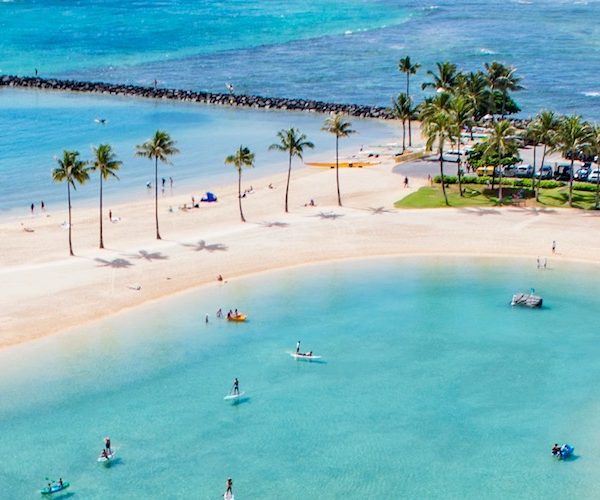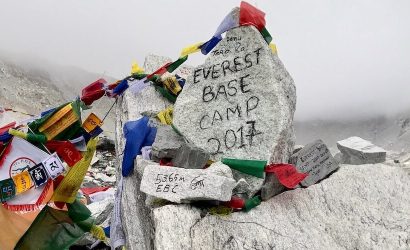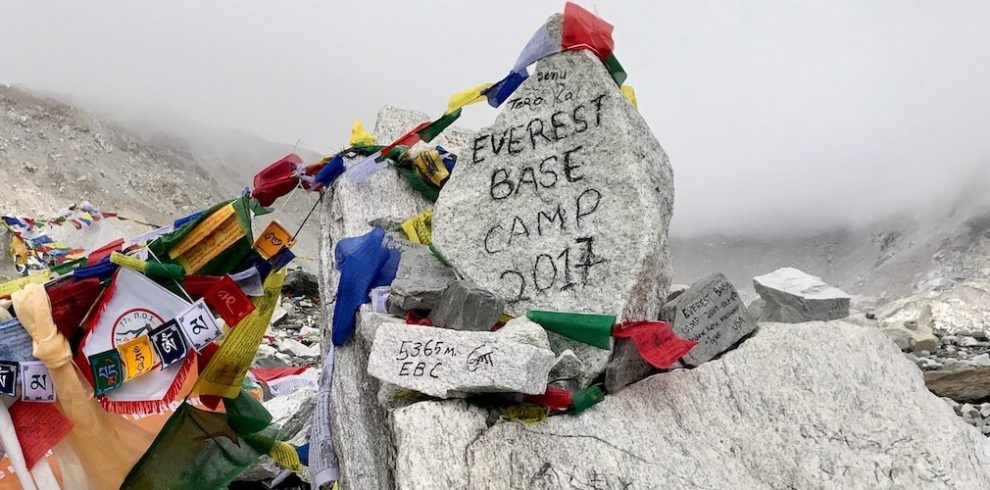Elephanta Caves in India Mumbai Maharashtra
The Elephanta Caves in India are one of the most remarkable UNESCO World Heritage Sites, located just 11 kilometers off the coast of Mumbai on Elephanta Island, also known as Gharapuri. These caves are famous for their magnificent rock-cut temples and sculptures, primarily dedicated to Lord Shiva, which date back to the 5th–7th centuries.
A ferry ride from the Gateway of India in Mumbai takes visitors to Elephanta Island, where the caves stand as a symbol of India’s artistic and cultural excellence. The highlight of the caves is the Maheshmurti sculpture, a 20-foot-tall three-headed image of Lord Shiva, representing his roles as the Creator, Preserver, and Destroyer.
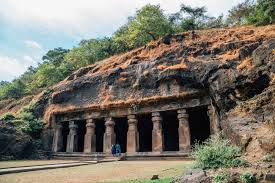
History and Significance of Elephanta Caves in India
The Elephanta Caves showcase a blend of Hindu and Buddhist influences. Originally carved by skilled artisans, they were once centers of worship and meditation. Over time, the caves have withstood centuries of invasions and natural wear, yet they remain a timeless treasure for history lovers, archaeologists, and travelers alike.
Attractions within Elephanta Caves of India
- Cave 1 (Main Cave): Features the grand Maheshmurti statue.
- Cave 2 & 3: Smaller caves with detailed sculptures and meditation halls.
- Buddhist Stupas: Symbolizing the cultural fusion of the era.
How to Reach
The Elephanta Caves are accessible by ferry from Mumbai’s Gateway of India. The 1-hour boat ride itself offers scenic views of the Arabian Sea.
Best Time to Visit
The ideal time to explore the Elephanta Caves is between November and March, when the weather is pleasant. The Elephanta Festival, held annually, showcases music, dance, and cultural performances against the backdrop of the caves.
Why Visit Elephanta Caves in India?
- UNESCO World Heritage Site
- Architectural brilliance in stone carvings
- Proximity to Mumbai’s major attractions like Marine Drive and Colaba Causeway
For those visiting Mumbai tourist places, a trip to the Elephanta Caves in India is a must-do experience that combines history, spirituality, and scenic beauty.
- Bus, Airlines
- 3 Stars Hotels
- 5,416 metres
- Kathmandu
- Feb, Mar, Apr & May
- Eco-Tour, Hiking
- All meals during the trek
- English, Spanish, French, Chinese
- Easy to Moderate
- 2-15
- 12
- 65
Overview
Travel is the movement of people between relatively distant geographical locations, and can involve travel by foot, bicycle, automobile, train, boat, bus, airplane, or other means, with or without luggage, and can be one way or round trip. Travel can also include relatively short stays between successive movements.
The origin of the word “travel” is most likely lost to history. The term “travel” may originate from the Old French word travail, which means ‘work’. According to the Merriam Webster dictionary, the first known use of the word travel was in the 14th century.
Highlights
- Trek to the world-famous Everest Base Camp
- Enjoy the amazing view of the Himalayas from Kala Patthar
- Travel through the Sherpa villages of Namche, Khumjung, Khunde, and Dingboche
- Visit Tengboche the biggest and oldest monastery n the region.

